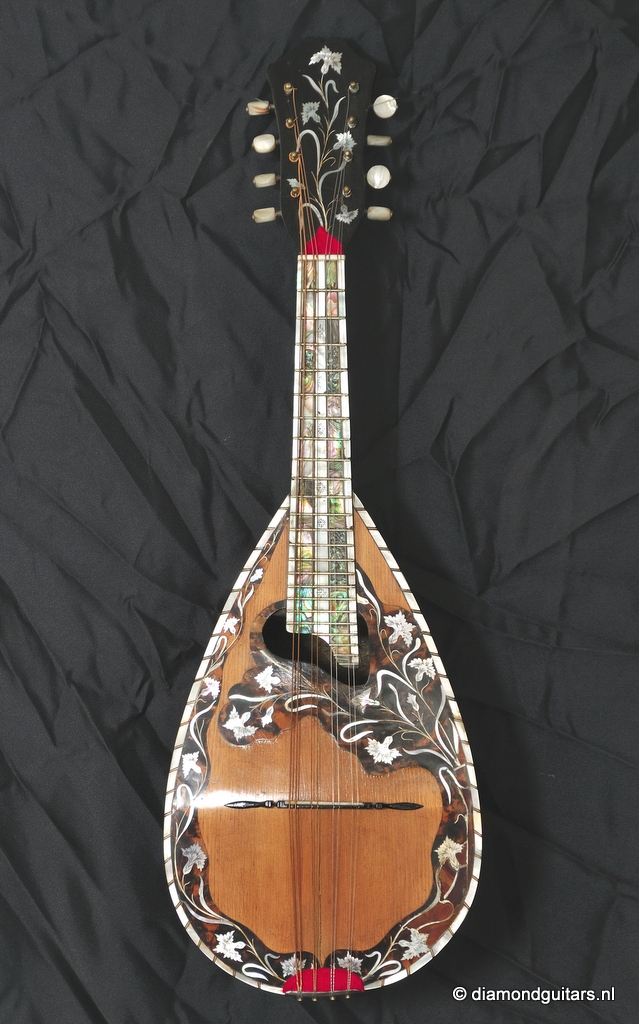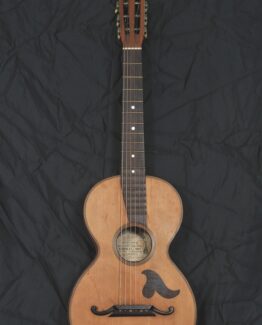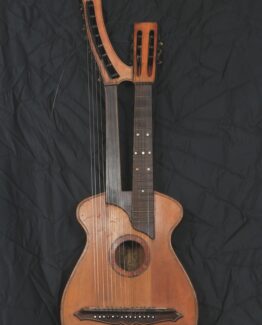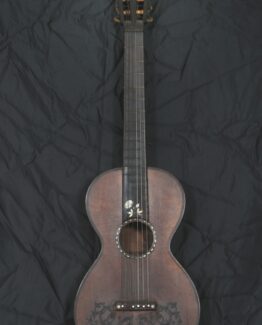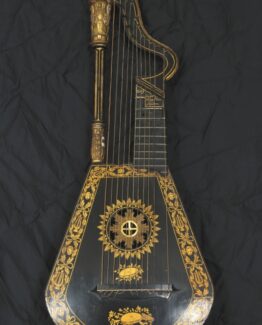Description
This collection of 43 Neapolitan Style Italian mandolins represent a period when this bowl-back mandolin dominated Italian music and spread internationally. Refined by master makers like Calace and Vinaccia, it became the instrument of virtuosos, mandolin orchestras, and romantic serenades — embodying both folk charm and classical sophistication.
In the late 19th and early 20th century, when the Neapolitan mandolin had already become the international standard. From 1870–1930, mandolins went through a golden age in Italy, both in instrument making and in music. After the innovations of the Vinaccia family in Naples (18th century), the Neapolitan bowl-back mandolin became the dominant model. By 1870, mandolins were extremely popular in Italy, not only for folk music but also in opera, salon music, and mandolin orchestras. The mandolin craze spread worldwide (France, England, USA, Japan), but Italy remained the cultural center.
Raffaele Calace composed concertos, preludes, and chamber works for mandolin. Silvio Ranieri popularized mandolin in Belgium and France. Large mandolin orchestras were fashionable across Europe and America. Typical ensembles included mandolins, mandolas, guitars, and double bass. But also Popular & Folk used the instrument a lot in serenades, café concerts, and folk dances (tarantellas, waltzes, polkas). At the opera Mandolins were used in orchestral colors (e.g. Verdi, Mascagni).
Their tone sounds bright, penetrating, and clear, with fast decay. Tremolo added to sustained notes gave lyrical quality and became central to mandolin technique. Many instruments were richly decorated:Pearl inlays around the soundhole (rosette), Fancy pickguards of tortoiseshell/celluloid with floral or engraved designs and extended fingerboards with mother-of-pearl position markers. Higher-end instruments (Calace, Embergher) were considered works of art as well as instruments.

